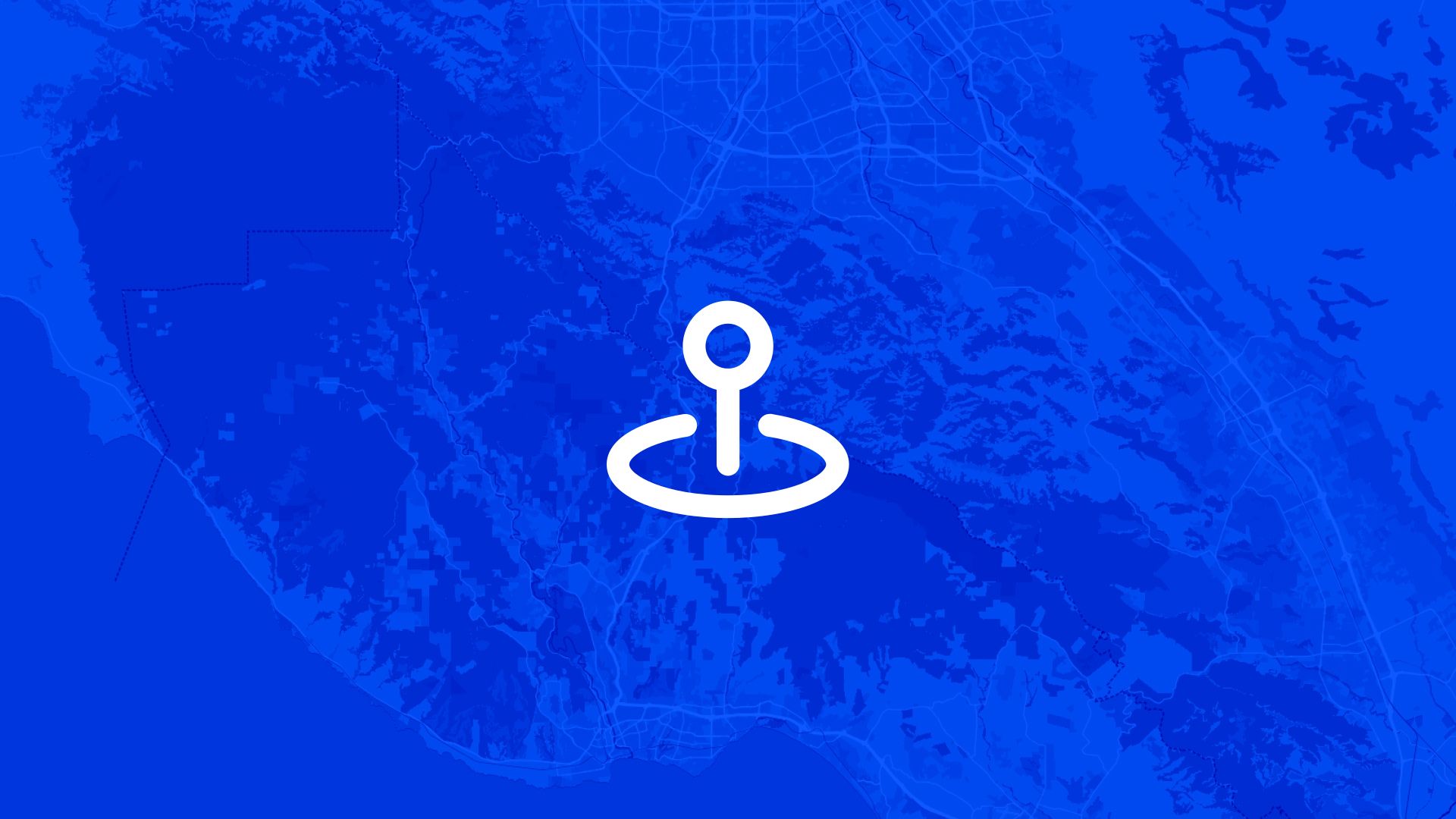Creating interactive maps no longer requires an extensive background in geographic information systems (GIS) or a flair for coding. With the advancement of technology and the increasing availability of user-friendly tools, almost anyone can design stunning, interactive maps that tell stories, present data, or even create educational modules.
This post will explore several no-code solutions, each perfect for different needs and contexts.
Why Choose No-Code Tools?
Before diving into the tools you can use, it’s crucial to understand why someone might want to choose a no-code solution.
- Ease of Use: No-code tools have been designed with the user experience in mind. This means intuitive interfaces, guided processes, and support for beginners.
- Time Efficiency: You can create maps quickly without the steep learning curve associated with coding.
- Cost-Effective: No need to hire a developer or a GIS expert, making it accessible even on a tight budget.
- Customization: Modern tools offer a wide range of customization options, allowing you to craft maps that fit your specific needs and aesthetics.
Choosing the Right Tool for Your Project
Here's a look at some of the best tools available today for creating interactive maps without writing code:
1. Atlas
Atlas is a browser-based GIS platform that simplifies the map-making process. It offers a clean interface and intuitive tools, allowing users to create maps without any installation. Not only is it user-friendly, but it also supports real-time collaboration, making it perfect for teams working remotely.
- Features: Data visualization, editing, analysis, real-time collaboration.
- Pros: User-friendly, seamless integration with various data formats.
- Cons: Limited to online usage.
- Ideal For: Education, project collaboration, and professional presentations.
2. Canva
Traditionally known as a graphic design tool, Canva also includes map-making features. It’s ideal for simple map visuals, especially if you want to integrate them into presentations, social media, or marketing materials.
- Features: Drag-and-drop builder, templates, map customization.
- Pros: Easy to use, visually appealing templates.
- Cons: Not suitable for complex datasets or analyses.
- Ideal For: Marketing, social media, and educational purposes.
3. Google Maps Platform
Google Maps may already be familiar to you, but its Platform allows deeper customization. You can tweak the appearance, add data layers, and use it within apps or web platforms.
- Features: Dynamic maps, real-time updates, API access.
- Pros: Wide data coverage, highly customizable.
- Cons: Requires understanding of API usage for deeper customization.
- Ideal For: Businesses looking to enhance applications with map data.
4. Tableau
While Tableau is primarily a data visualization tool, it's powerful mapping capabilities make it a favorite for those dealing with large datasets. Its maps update in real-time as your data changes, and it integrates seamlessly with other data sources.
- Features: Real-time data integration, interactive visuals.
- Pros: Professional look, extensive data support.
- Cons: Better suited for those already in data analytics.
- Ideal For: Business analytics, academia, and research.
5. Flourish
If you're storytelling through data, Flourish is the tool for you. It supports various visualizations, including animated maps, bringing data to life without any coding requirements.
- Features: Animated maps, heatmaps.
- Pros: Interactive designs, simple interface.
- Cons: Lesser-known compared to larger data platforms.
- Ideal For: Journalism, storytelling, and creative projects.
Steps to Creating Your Interactive Map
Step 1: Define Your Purpose
Before you start creating a map, clearly define what you want to achieve. Are you visualizing data, telling a geographic story, or providing guidance?
Step 2: Choose the Right Tool
Select a tool that aligns with your goals. For straightforward visualization, Canva might suffice. For detailed analysis, Atlas or Tableau could be more appropriate.
Step 3: Gather Your Data
Your map is only as good as the data behind it. Ensure that you have accurate and reliable data. Whether it’s demographic data for a region or the locations of historical sites, verify the source and relevance.
Step 4: Import and Customize Your Data
Use your chosen tool to upload your data. Customize the map aesthetics (colors, points of interest, labels) to align with the story you wish to tell.
Step 5: Add Interactive Elements
Engage users by adding interactive elements like clickable points, real-time data updates, and animation. This can help make your map more engaging and informative.
Step 6: Share and Collaborate
Most no-code platforms offer easy sharing options, whether it’s embedding maps on websites or sharing them directly with others via a link. Collaboration tools like Atlas are particularly useful here, allowing for teamwork in real-time.
Advantages of Interactive Maps
Interactive maps hold several benefits over static maps:
- Engagement: Users can interact with the map, leading to longer engagement times and deeper understanding.
- Dynamic Information: Capabilities like real-time data updates mean that your map isn’t static and evolves with your data.
- Broader Reach: Interactive maps are easier to share and are generally more accessible over digital platforms, making them suitable for public projects and crowdsourced efforts.
How Atlas Enhances No-Code Map Creation
Creating informative, visually appealing maps doesn't have to be daunting, especially with tools like Atlas at your fingertips. Atlas shines as a browser-based GIS platform that makes it easy for anyone to dive into the world of mapping, regardless of their technical skill level. Here's how Atlas leads in the no-code revolution for interactive maps:
Simple, Browser-Based Access
One of the standout features of Atlas is its availability directly from your browser. You don't need to install bulky software or worry about compatibility issues with your operating system. This ease of access means you can focus on your maps rather than on the logistics of software setup.
User-Friendly Interface
Atlas prides itself on a clean, intuitive user interface designed for all levels of experience. Whether you're a seasoned GIS professional or a beginner, the platform's layout makes it straightforward to load data, apply styles, and visualize your information effectively. This simplicity eliminates the steep learning curve often associated with traditional GIS tools.
Versatile Data Handling
Handling diverse data formats is crucial for creating comprehensive maps. Atlas excels in this domain, supporting various data formats including CSV, Shapefiles, and GeoJSON. Whether you're working with demographic statistics or environmental data, Atlas ensures your data is integrated seamlessly into your maps.
Real-Time Collaboration
The ability to work collaboratively in real-time is another feature that sets Atlas apart. This functionality is especially beneficial for teams spread across different locations. Multiple users can contribute to a map simultaneously, making it an excellent tool for projects involving collaborative planning and decision-making .
Customization at Your Fingertips
Atlas gives you the power to customize your maps fully. From selecting specific color schemes to determining which data points to highlight, you can tailor your maps to suit the aesthetic needs of any project. Adjust styles to reflect branding or to ensure clarity in presentations.
Powerful Analysis Tools
While being user-friendly, Atlas does not skimp on the power of its analytical tools. Users can perform complex spatial analyses that are vital for tasks like urban planning or environmental monitoring. This capability makes it an attractive option not just for map creation but for in-depth research and analysis .
Integration with Existing Workflows
Atlas fits seamlessly into existing workflows with its ability to integrate with other data sources and GIS software. This flexibility means you can incorporate Atlas into your projects without having to overhaul your current systems.
With all these capabilities, Atlas transforms the daunting task of map-making into an accessible, collaborative, and insightful process. Whether you're mapping city transit routes, exploring environmental changes, or visualizing demographic data, Atlas ensures you can create professional-grade interactive maps without the need for coding expertise. So, go ahead and explore the world of interactive mapping with the assurance that Atlas has your back.





